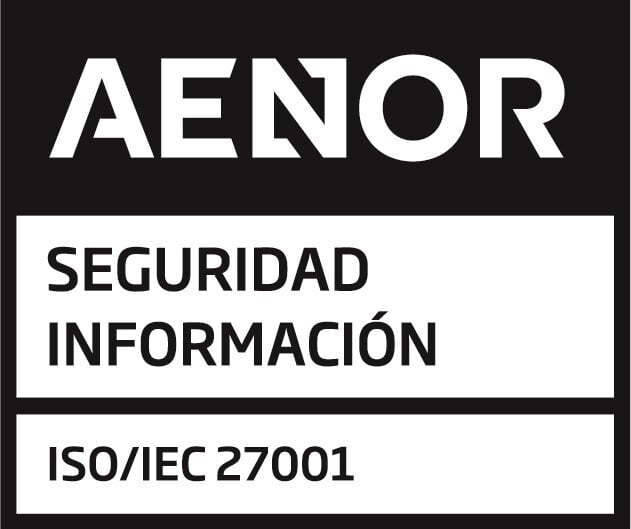Not many people will remember the last 18 months with fondness - the global pandemic has been distressing. Amidst the turmoil, there is a silver lining in that the energy storage industry has shown resilience. With research unearthing new technologies of boosting energy storage system’s capacity, perhaps it is time investors put more money into this renewable energy segment. For starters, battery energy storage systems (BESS) are great for incorporating wind and solar power into energy grids worldwide.
The problem is that this asset class is immature, so investors are not too sure about it. For an asset manager, operating such an asset can be daunting, especially where operating data is inadequate. Is there a way out of the operational challenges? Asset managers’ responses will be vital in attracting investments in this area.
Value of BESS Investments
The simplest form of battery energy storage system is more than two centuries old. Lithium-ion batteries themselves have been around since the 1970s. Li-Ion battery production has surged in the last decade and promoted the commercial viability of energy storage and the electric vehicle.
Utility companies hold the key to the success of battery energy storage systems. Solar, wind, and other renewables are adding power to the grid. However, effectual energy storage is necessary if reliance on fossil fuels is to subside.
If you are an avid follower of electric utility innovations, then you know that battery energy storage systems are some of the most exciting technologies today. Battery prices are declining and there is a more serious focus on these systems as options for investment. Unfortunately, positive investment cases for this asset class lack.
Immaturity of the Energy Storage Asset Class
Although the battery technology is now bankable, its revenue models are still unreliable. Batteries are not like solar and wind that attract power purchase agreements (PPAs) and similar extensive secured revenues.
Instead, asset managers need to look for revenues such as reserve and arbitrage, which can be daunting to model. Furthermore, creating revenue through these methods means the application of software to optimize monetization. Investors usually see “black boxes” in this approach.
This industry is still nascent, so investors have no historical data to refer to. They have to first acquaint themselves with the technology and its special qualities before committing any resources. This can hinder any operations that asset managers wish to progress.
In regards to the installation of battery energy storage systems, the work is usually extremely customized. It doesn’t matter whether it is an addition to an existing project or a standalone installation. For the asset owners or managers, the outcome is an inability to extrapolate profits and risks. Most things in the projects are unique including the power market, the energy generation source, and the revenue stream.
Investors are also apprehensive about energy storage systems because they tend to last shorter than solar and wind assets. A battery’s ability to retain energy diminishes with age, but the factors behind this issue are still unclear to many. Replacement costs are therefore not too explainable.
These intricacies contribute to the immaturity of this asset class and therefore create operational challenges for asset managers.
Dealing with Challenges as an Asset Manager
Short-lived imbalances in demand and supply present the first space for the profitable running of battery energy storage systems. Batteries provide frequency response that improves grid performance. Initially, this role was played by coal-fired power plants, but things are changing.
Batteries could also apply for buyers interested in electricity when it is cheaper and for sale when prices rise. The volatility of power prices that is synonymous with renewable energy means that this revenue stream is an attractive prospect for this option.
To take care of the daily operations of the asset, you may want to be keener about the effectiveness of the assets. Maintenance of the equipment is so vital to ensure that the BESS is optimized. You don’t want to have the system down when it could generate the company good money. Indeed, maintenance planning is usually the work of the operator, but it pays to have clarity of any planned maintenances for the system.
It would be even better to go a little further and monitor the operational KPIs for the system. Some of the information that will help you to understand the status of equipment and machinery is average round-trip efficiency.
Worrying about the different operating conditions and the need for an effective evaluation of financial performance? A what-if tool can take care of that. Indeed, Excel spreadsheets have been widely used in the RE industry for this purpose, but we know they have their limitations. Our platform can help the asset manager accurately perform operating analysis of the system and identify areas of improvement.
Conclusion
There is a growing need to incorporate more renewable energy technologies into the energy grid. Grid operators can accrue many benefits from such integration in terms of improved power quality and higher grid reliability.
While BESS are becoming more relevant for such merger, asset managers face challenges related to inadequate historical data and complicated extrapolation of returns and risk. Success in managing this kind of asset class demands attention to detail. QBI Solutions is there to offer insightful operating parameters and detailed operating data for the successful performance of energy storage systems.
Call us today for a demo and more details about our product.
